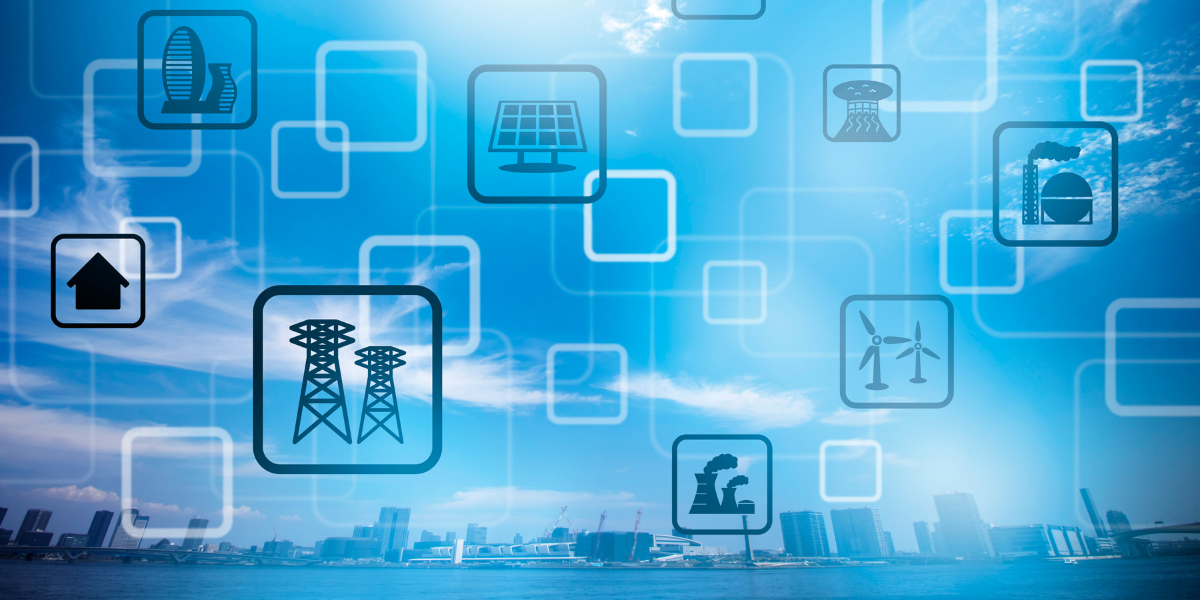Managing energy costs is a top priority for commercial businesses, especially during peak demand periods when energy prices skyrocket. Demand response programs allow businesses to adjust their energy usage during these high-demand times, resulting in lower costs and additional financial incentives. By participating in demand response programs, businesses can help stabilize the grid while reducing their operational expenses.
What Are Demand Response Programs?
Demand response programs are designed to encourage businesses to reduce or shift their energy consumption during periods of high demand. This could be during extreme weather conditions, grid maintenance, or other times when energy demand is at its highest. In exchange for lowering consumption during these periods, businesses receive compensation from utility providers, which can significantly reduce their energy costs.
Benefits of Demand Response Programs
- Lower Energy Costs: Participating in demand response programs allows businesses to reduce energy bills, especially during peak demand times when prices are higher.
- Incentives for Participation: Utility companies offer financial incentives to businesses that successfully reduce their energy usage during demand response events, providing an additional source of savings.
- Operational Flexibility: Businesses can often tailor their participation in demand response programs to fit their operational needs, ensuring that critical systems remain online while less essential systems are powered down.
- Grid Support and Stability: By participating in demand response, businesses contribute to overall grid reliability, helping prevent blackouts or power outages.
Steps to Implementing a Demand Response Program
- Conduct an Energy Assessment
To effectively participate in demand response, businesses need to understand their energy usage patterns. An energy audit can help identify where and when energy is consumed and where reductions can be made without disrupting operations. - Create an Energy Management Plan
Based on the results of the audit, create a plan that outlines which systems can be powered down or run at reduced capacity during demand response events. This plan should focus on non-essential systems to minimize the impact on business operations. - Partner with a Demand Response Provider
Working with a provider like Brilliant Source Energy can streamline the process of joining a demand response program. Providers help businesses understand the requirements and facilitate the participation process, ensuring you receive maximum savings. - Automate Energy Reductions
Many businesses use automated systems to reduce energy consumption during demand response events. These systems can be programmed to adjust heating, cooling, and lighting, or even shut down specific equipment when an event is triggered. Automation reduces the need for manual intervention, ensuring consistent participation in demand response programs. - Monitor and Optimize
After implementing the demand response plan, it’s important to continuously monitor energy usage and adjust the plan as needed. Monitoring energy usage during events can help identify additional opportunities for savings and optimize future participation.
Case Study: Data Center Participation in Demand Response
A large data center partnered with Brilliant Source Energy to implement a demand response program. By identifying non-critical systems that could be powered down during high-demand periods, the data center reduced its energy costs by 15% over the course of the year. Additionally, the financial incentives from the utility company provided an added 10% savings on energy bills.
Integrating Demand Response with Energy Efficiency
Demand response programs are most effective when combined with energy efficiency measures. Businesses that have already implemented Energy Efficiency Solutions can reduce their baseline energy consumption, allowing for more flexibility during demand response events.
Conclusion
Demand response programs offer a strategic way for businesses to reduce energy costs while supporting grid reliability. By adjusting energy consumption during peak periods, businesses not only save on operational expenses but also contribute to a more stable energy grid. Integrating demand response with other energy management strategies, such as energy efficiency or Renewable Energy Solutions, provides a comprehensive approach to optimizing energy costs and reducing environmental impact.
Next Steps: Ready to optimize your energy costs? Contact Brilliant Source Energy today to learn more about demand response programs and how they can benefit your business.






